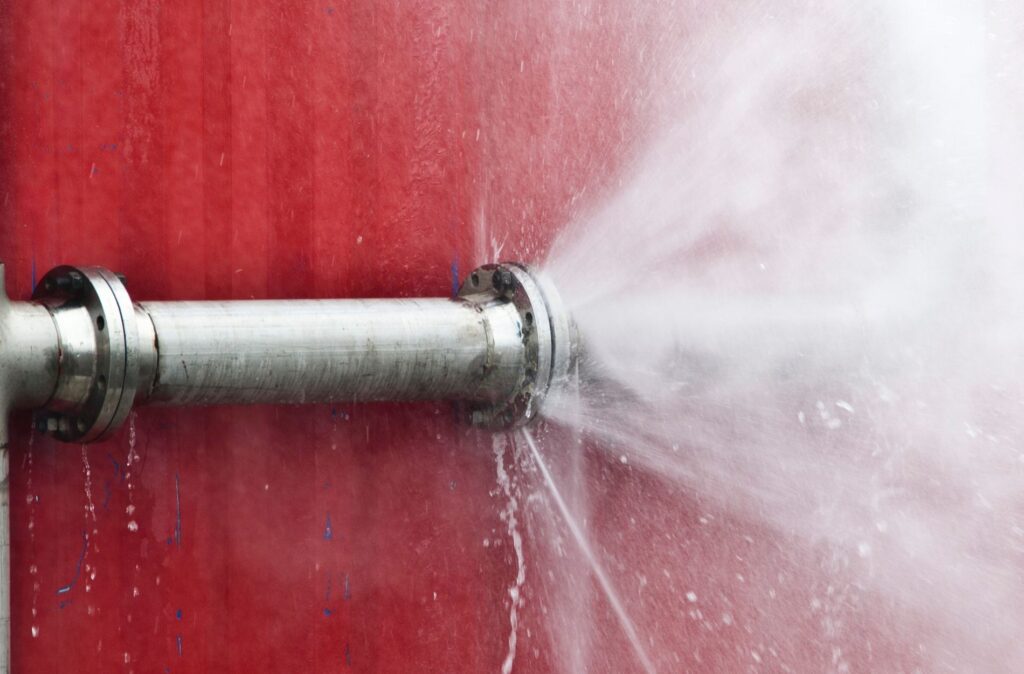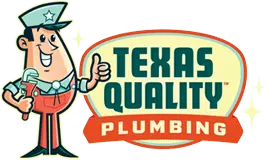Leaking Pipes After A Repipe In Friendswood: What Went Wrong?
When pipes are replaced in a home, it’s usually to fix long-standing problems like rust, low water pressure, or constant leaking. Homeowners in Friendswood often expect the results to last. So when leaks show up shortly after a repipe, it’s frustrating. Water damage is expensive, and no one wants to deal with wet drywall, dripping ceilings, or stained flooring right after what should have been a long-term fix.

A repipe should solve old pipe problems, not introduce new ones. But unfortunately, leaks can still happen if something goes wrong during or after the job. If you’ve noticed early signs of trouble after a repipe, like damp spots or damage where there shouldn’t be any, it could be caused by installation mistakes, system pressure issues, or faulty materials. Understanding what went wrong is the first step toward fixing things and preventing more damage.
Common Causes Of Leaking Pipes After A Repipe
A newly repiped home in Friendswood should provide better performance and peace of mind. But when leaks start to show up, something likely went wrong during the process. Here are some common causes behind post-repipe leaks:
1. Improper installation
If pipes weren’t connected tightly or joint fittings weren’t sealed properly, even a brand-new system can leak. Poor alignment or lack of support can also cause minor shifts that weaken connections.
2. Subpar materials
Sometimes piping materials don’t hold up under daily pressure or water conditions in the home. If low-quality parts or incompatible fittings were used, they are more likely to crack, burst, or separate even within the first year.
3. Pressure imbalances
If water pressure was not tested or regulated properly after the repipe, it may be too high for parts of the system to handle. That added strain can lead to blown seals, pipe movement, or slow leaks in hidden areas.
4. Incomplete flushing
After a repipe, the entire system should be flushed thoroughly. If this was skipped, debris could block water flow or wear on pipes from the inside. Abrasive particles left in the system can weaken pipe walls over time.
5. Lack of proper support
Pipes need support brackets and secure routing, especially inside walls or ceilings. If sections are left unsecured, even the pressure from turning faucets on and off can shift them enough to produce small fractures or disconnections.
Homeowners might not notice right away, but even small mistakes during a repipe job can turn into bigger problems. One common example in Friendswood occurred when a repiped kitchen showed no problems up front, but a poor connection under the sink came loose three weeks later. By the time it was discovered, cabinet baseboards were water-damaged and mold had started forming in the drywall behind.
Taking a closer look at the warning signs can help you catch these issues early.
Signs Of Leaking Pipes To Watch For
Leaks rarely make themselves obvious right away. In most cases, the signs are small and build up over time. For those living in Friendswood, catching them early can prevent water damage to your home’s structure and finishes. Keep an eye out for these warning signs after a repipe:
– Wet or soft spots on walls, ceilings, or floors that don’t dry out
– Paint bubbling or discoloration, especially near pipe locations
– Moldy or musty smell in rooms, closets, or under sinks
– Water meter running when no water is being used
– Unexplained spike in water bill from one month to the next
– Tiny drips or beads of moisture on newly installed pipes
It’s easy to dismiss things like a small soft spot on the ceiling or a bit of extra humidity in the laundry room. But when considered together, these signs often point to a leak. Pay close attention to the areas where pipes were replaced, including behind access panels, inside cabinets, and near appliance connections.
If anything looks or smells out of place, it’s time to take the next step and get the problem checked. Small leaks that are ignored will usually spread, reach electrical areas, or attract mold. The more time passes, the more damage builds up. Always act on repeated signs, even if they seem minor at first glance.
Steps To Take If You Notice A Leak
If you’re starting to see dripping, spots, or signs of moisture around fresh plumbing, waiting it out isn’t the answer. Leaks rarely go away on their own. The faster you act, the more you can avoid costly damage to your floors, walls, or cabinetry. Here’s what you need to do if you think your newly repiped system in Friendswood might be leaking:
1. Turn off the main water valve
This step helps stop the damage from getting worse. You’ll usually find the shutoff valve near the front of your house or where the water line enters your home. If you’re not sure where it is, look around your perimeter walls. Turning it off will prevent more water from leaking while you figure out the next steps.
2. Check and record what you see
Take photos of any wet areas, damage to walls or ceilings, or puddling water. Include close-ups of exposed pipes or joints if they are visible. These pictures will help explain the situation and can be used to support your case when you have a technician assess the problem.
3. Don’t try to repair the leak on your own
Even if it seems minor, avoid a quick patch. In most cases, cover-ups don’t actually fix the underlying issue and can make it tougher to diagnose later. If you’ve just had your home repiped, the leak is likely connected to a larger problem like a bad connector or pressure issue.
4. Schedule a professional inspection
Have our technicians fully evaluate the pipework, especially in spots where leaks have appeared. A full diagnosis will confirm if it’s a joint failure, material fault, or system configuration problem. Pinpointing the cause helps provide more effective and lasting repair.
Once a leak has started, even a small amount of water can spread quickly into materials like drywall, baseboards, or insulation. Mold thrives in damp areas, and structural beams can weaken when soaked over time. Waiting too long can multiply the scope of repair work later.
Take the early signs seriously and make sure a qualified team checks things thoroughly. That way, you’ll know the job is handled correctly from repair all the way through to re-inspection and peace of mind.
Preventing Future Pipe Leaks After A Repipe
Once you’ve fixed a post-repipe leak, preventing it from happening again is where attention matters. A repipe is supposed to be a reset for your home’s plumbing system. But if future leaks keep cropping up, the time and money invested starts to feel wasted. Here’s how to keep those new pipes in Friendswood working right for the long haul:
– Choose licensed professionals who know how to handle different home plumbing layouts. A basic repipe that overlooks joints, flow paths, or water pressure balance can lead to leaks where stress builds up.
– Schedule routine plumbing inspections every year or two, especially in the first 12 to 24 months after the repipe. A visit from our professionals can catch issues before they show up as water damage.
– Monitor your home’s water pressure. If you notice pressure that’s stronger than usual or that makes pipes rattle or slam, it could cause problems over time. Installing a pressure regulator helps protect pipe fittings.
– Don’t ignore small signs. Even minor corrosion on an exposed pipe or a tiny drip under the sink could point to bigger trouble on the way. Addressing those signs early usually reduces repair time and expense.
– Keep areas around pipes clear. Under-sink cabinets, laundry rooms, and utility closets tend to get crowded. When pipes can’t breathe, moisture builds up and molds faster, making it tough to see issues until it’s too late.
Many post-repipe leaks happen because details were overlooked either during installation or in the months that followed. Staying ahead of issues with proper support, checkups, and pressure management can help you avoid surprises down the road.
Keeping Your Repipe Leak-Free In Friendswood
Having leaks show up after a fresh repipe can feel like a step backward, especially when it seemed like the plumbing problems were behind you. But knowing the common causes and catching symptoms early gives you the best shot at stopping major water damage before it starts.
A repipe is a big investment in your home’s future, and it deserves to hold up over time. When the work is done carefully and supported with regular service and attention to water conditions, it shouldn’t give you headaches. Continuous monitoring and quick action go a long way in keeping your home’s plumbing system strong and leak-free in Friendswood.
If your home in Friendswood is experiencing unexpected leaks after a plumbing upgrade, trust the licensed professionals at Texas Quality Plumbing. Prompt action can prevent costly water damage and preserve your home’s integrity. Learn more about how a quality repipe in Friendswood can ensure long-term reliability for your plumbing system. For a quick estimate or to book a service visit, please contact us today.

